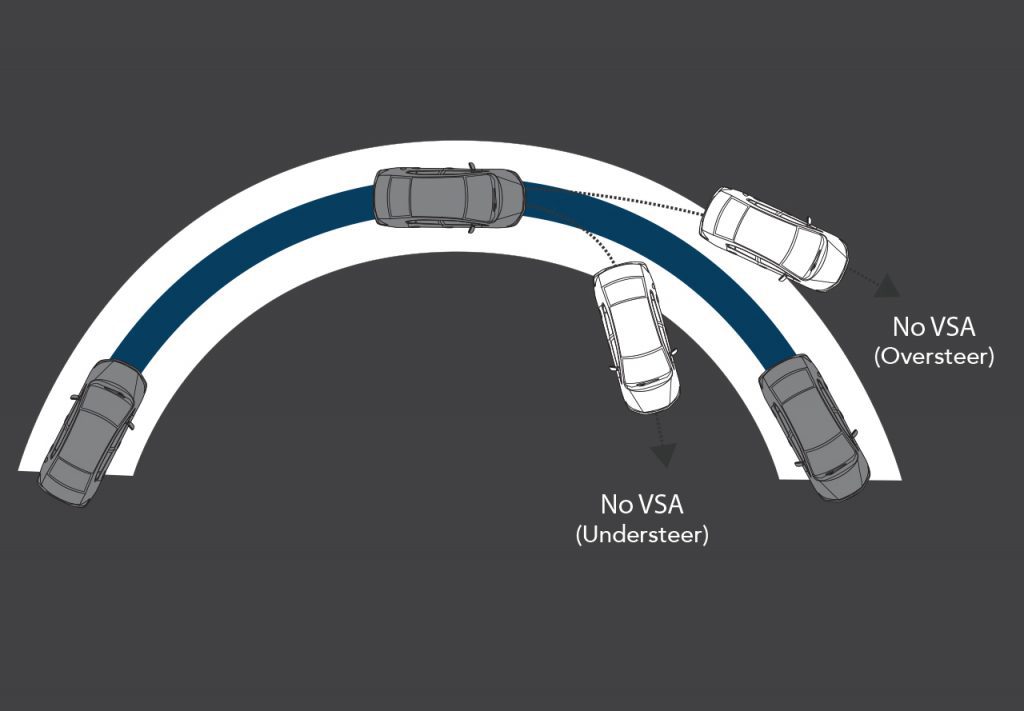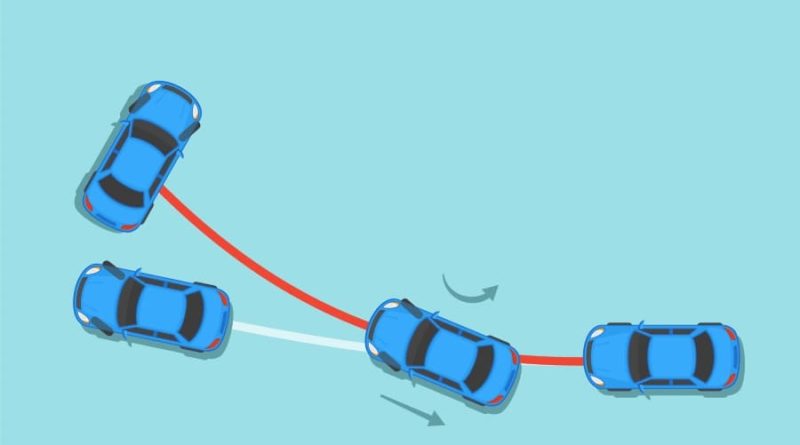Mastering VSA: Tips and Tricks for Getting the Most Out of Your Car’s Safety System
Vehicle safety systems are crucial for ensuring the safety of drivers, passengers, and pedestrians on the road. These systems are designed to prevent accidents and minimize the impact of collisions. With advancements in technology, vehicle safety systems have become more sophisticated and effective in protecting lives. Understanding the importance of these systems and mastering their use can greatly improve driving safety.
Understanding the Importance of Vehicle Safety Systems
Vehicle safety systems are important because they help prevent accidents and minimize the severity of injuries in the event of a collision. These systems work by detecting potential hazards and taking action to mitigate the risk. Some common types of vehicle safety systems include anti-lock braking systems (ABS), traction control systems (TCS), electronic stability control (ESC), and lane departure warning systems (LDWS).
ABS helps prevent wheel lock-up during braking, allowing the driver to maintain control of the vehicle. TCS helps prevent wheel spin during acceleration, especially on slippery surfaces. ESC helps maintain vehicle stability by automatically applying brakes to individual wheels when necessary. LDWS alerts the driver if the vehicle is drifting out of its lane.
What is VSA and How Does it Work?

VSA stands for Vehicle Stability Assist, which is a type of electronic stability control system developed by Honda. VSA is designed to help drivers maintain control of their vehicles during challenging driving conditions, such as slippery roads or sudden maneuvers. It works by continuously monitoring various sensors that measure parameters such as wheel speed, steering angle, and lateral acceleration.
When VSA detects a potential loss of control, it automatically applies brakes to individual wheels and reduces engine power to help stabilize the vehicle. This intervention helps prevent skidding or spinning out, allowing the driver to regain control and avoid a potential accident.
The components of VSA include wheel speed sensors, steering angle sensor, lateral acceleration sensor, yaw rate sensor, hydraulic modulator unit, and engine control module. These components work together to monitor the vehicle’s dynamics and make adjustments as necessary to maintain stability.
The Benefits of Mastering VSA
Mastering VSA can greatly improve driving safety. By understanding how VSA works and how to use it effectively, drivers can better handle challenging driving conditions and avoid accidents. Some benefits of mastering VSA include:
- Enhanced Vehicle Control: VSA helps drivers maintain control of their vehicles in situations where loss of control is likely, such as during sudden maneuvers or on slippery roads. By mastering VSA, drivers can confidently navigate these situations and reduce the risk of accidents.
- Improved Stability: VSA helps stabilize the vehicle by automatically applying brakes to individual wheels and reducing engine power. This intervention helps prevent skidding or spinning out, allowing the driver to maintain stability and avoid potential accidents.
- Increased Confidence: Knowing that VSA is there to assist in maintaining control can increase a driver’s confidence on the road. This confidence can lead to better decision-making and a more relaxed driving experience.
Common Misconceptions About VSA
There are some common misconceptions about VSA that need to be addressed. One misconception is that VSA is only useful in slippery conditions. While it is true that VSA is particularly effective in slippery conditions, it can also be beneficial in other situations where loss of control is possible, such as during sudden maneuvers or when encountering unexpected obstacles on the road.
Another misconception is that VSA can prevent all accidents. While VSA can help prevent accidents by assisting the driver in maintaining control, it cannot overcome the laws of physics or compensate for reckless driving behavior. It is important for drivers to remember that they are ultimately responsible for their own safety and should always drive responsibly.
Tips for Optimizing Your Vehicle’s VSA
To optimize the performance of your vehicle’s VSA system, there are a few tips to keep in mind:
- Keep Your Tires in Good Condition: Proper tire maintenance is essential for optimal VSA performance. Make sure your tires are properly inflated and have sufficient tread depth. Worn or underinflated tires can affect the accuracy of the wheel speed sensors, which can impact the effectiveness of VSA.
- Avoid Overloading Your Vehicle: Overloading your vehicle can affect its stability and handling, which can in turn affect the performance of VSA. Make sure to adhere to the recommended weight limits for your vehicle and distribute the load evenly.
- Regularly Check Your VSA System: It is important to regularly check your VSA system for any warning lights or error messages. If you notice any issues, have your vehicle inspected by a qualified technician to ensure that the system is functioning properly.
How to Test Your VSA System
Testing your VSA system is important to ensure that it is functioning properly. Here are the steps to test your VSA system:
- Find a Safe Location: Choose a safe location with plenty of space, such as an empty parking lot, to perform the test.
- Perform a Brake Test: Start by driving at a moderate speed and apply the brakes firmly. Observe if the VSA system engages and helps maintain control of the vehicle.
- Perform an Acceleration Test: Accelerate quickly from a standstill and observe if the VSA system engages to prevent wheel spin.
- Perform a Turning Test: Make a sharp turn at a moderate speed and observe if the VSA system helps maintain stability and prevent skidding.
If you notice any issues during the test, have your vehicle inspected by a qualified technician.
Maintaining Your VSA for Optimal Performance
To maintain your vehicle’s VSA system for optimal performance, follow these tips:
- Regularly Check Fluid Levels: Check the brake fluid level regularly and top it up if necessary. Low brake fluid levels can affect the performance of the VSA system.
- Replace Worn Brake Pads: Worn brake pads can affect the effectiveness of the VSA system. Regularly inspect your brake pads and replace them if they are worn.
- Follow Recommended Maintenance Schedule: Follow the recommended maintenance schedule for your vehicle, including regular inspections and servicing. This will help ensure that all components of the VSA system are in good working order.
When to Use VSA and When Not to

VSA should be used in situations where loss of control is likely, such as during sudden maneuvers or on slippery roads. It is particularly effective in these conditions and can help prevent accidents.
However, there are some situations where it is not advisable to use VSA. For example, when driving on loose surfaces such as gravel or sand, it is best to turn off VSA as it may interfere with the vehicle’s ability to gain traction.
How to React in Emergency Situations with VSA
In emergency situations, it is important to know how to react with VSA. Here are some tips:
- Stay Calm: It is important to stay calm and focused in emergency situations. Panic can impair your ability to make rational decisions.
- Maintain a Firm Grip on the Steering Wheel: Keep both hands on the steering wheel and maintain a firm grip to maintain control of the vehicle.
- Follow VSA’s Guidance: If the VSA system engages, follow its guidance and allow it to help stabilize the vehicle. Avoid making sudden or erratic movements that could further destabilize the vehicle.
Advanced Techniques for Mastering VSA
Once you have mastered the basics of using VSA, there are some advanced techniques that can further enhance your driving safety:
- Trail Braking: Trail braking involves gradually releasing the brakes while entering a turn, allowing the weight of the vehicle to shift forward and improve traction. This technique can help optimize the effectiveness of VSA during cornering.
- Smooth Steering Inputs: Making smooth and gradual steering inputs can help maintain stability and prevent sudden changes in direction that could trigger the VSA system.
- Modulating Throttle: Modulating the throttle smoothly and gradually can help prevent wheel spin and maintain traction, especially in slippery conditions.
Conclusion
Vehicle safety systems, such as VSA, play a crucial role in ensuring driving safety. By understanding the importance of these systems and mastering their use, drivers can greatly improve their ability to handle challenging driving conditions and avoid accidents. Regular maintenance and testing of the VSA system are also important to ensure optimal performance. By following these guidelines, drivers can enhance their safety on the road and enjoy a more confident driving experience.
